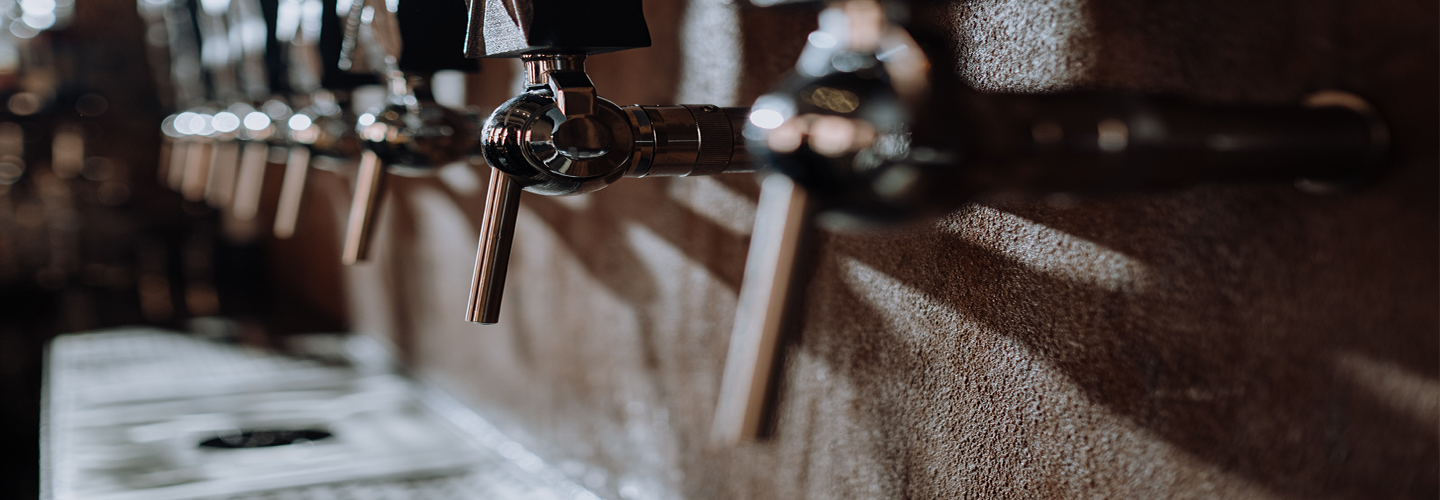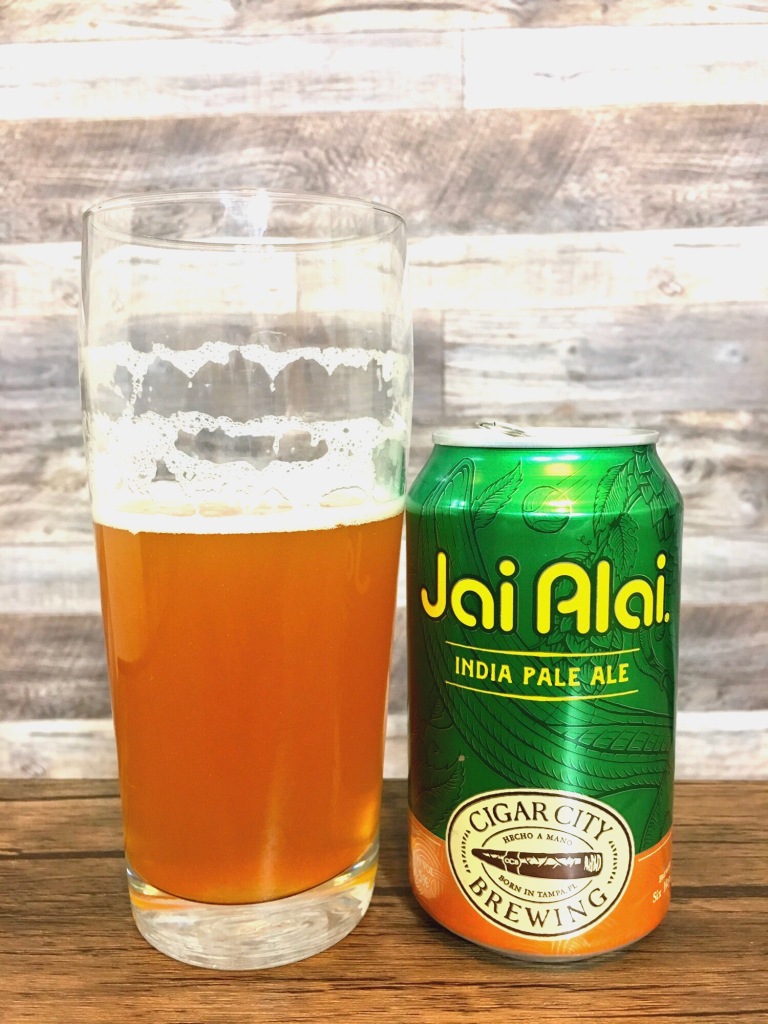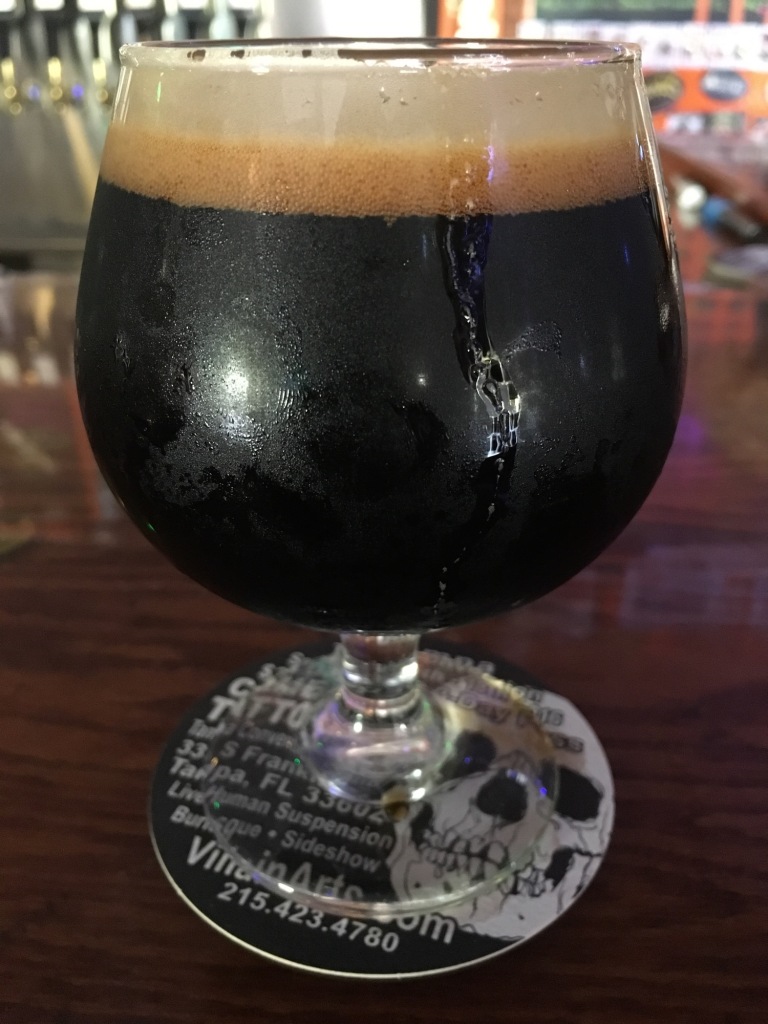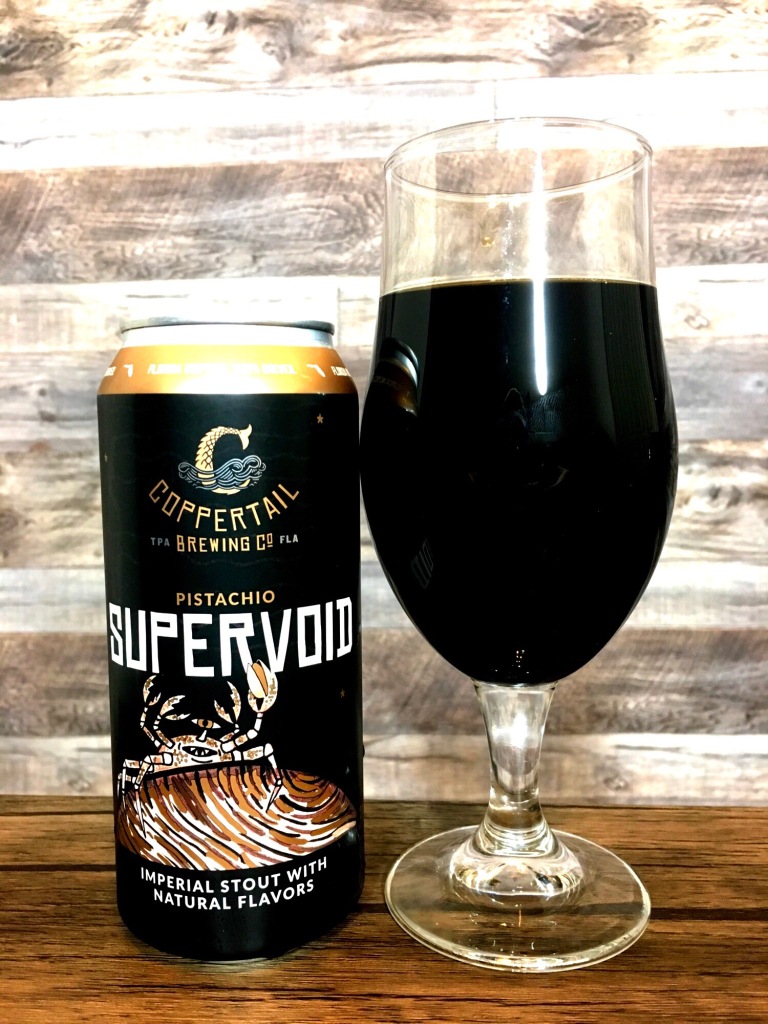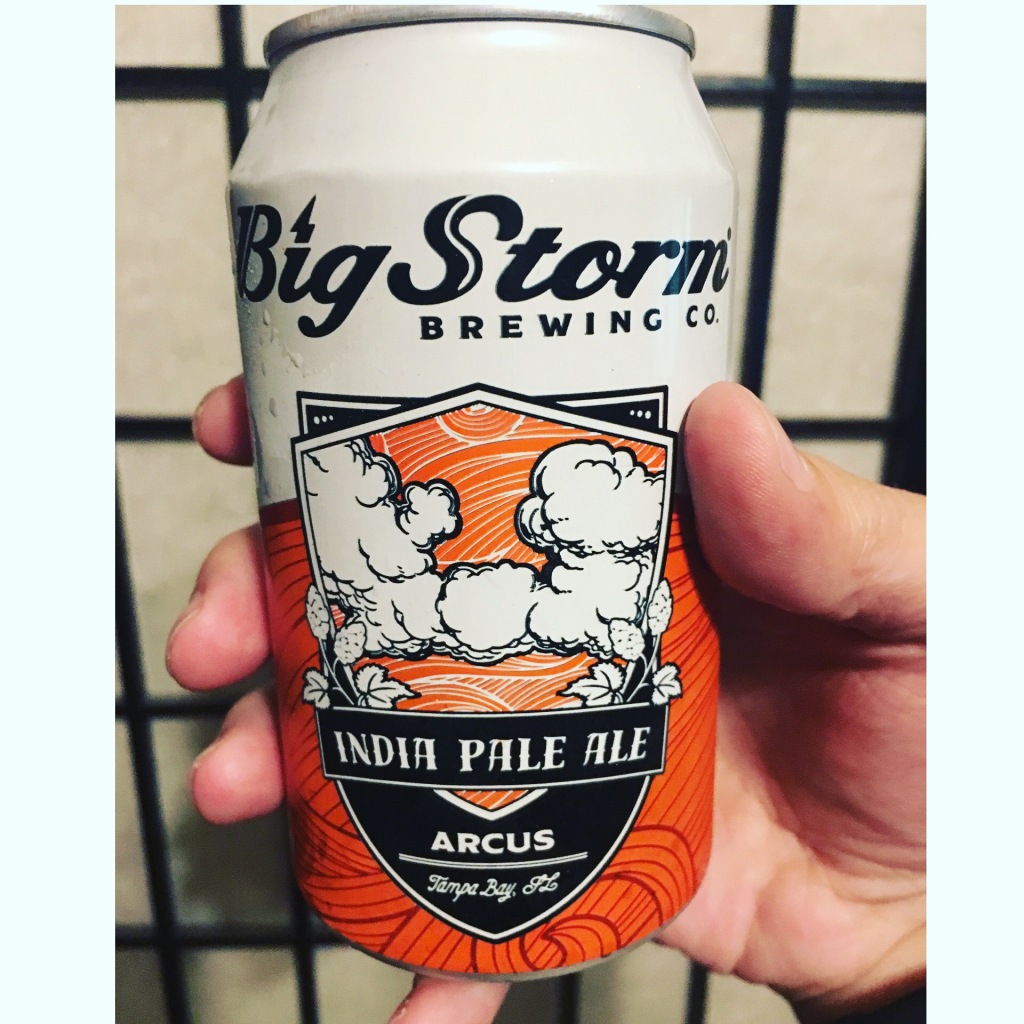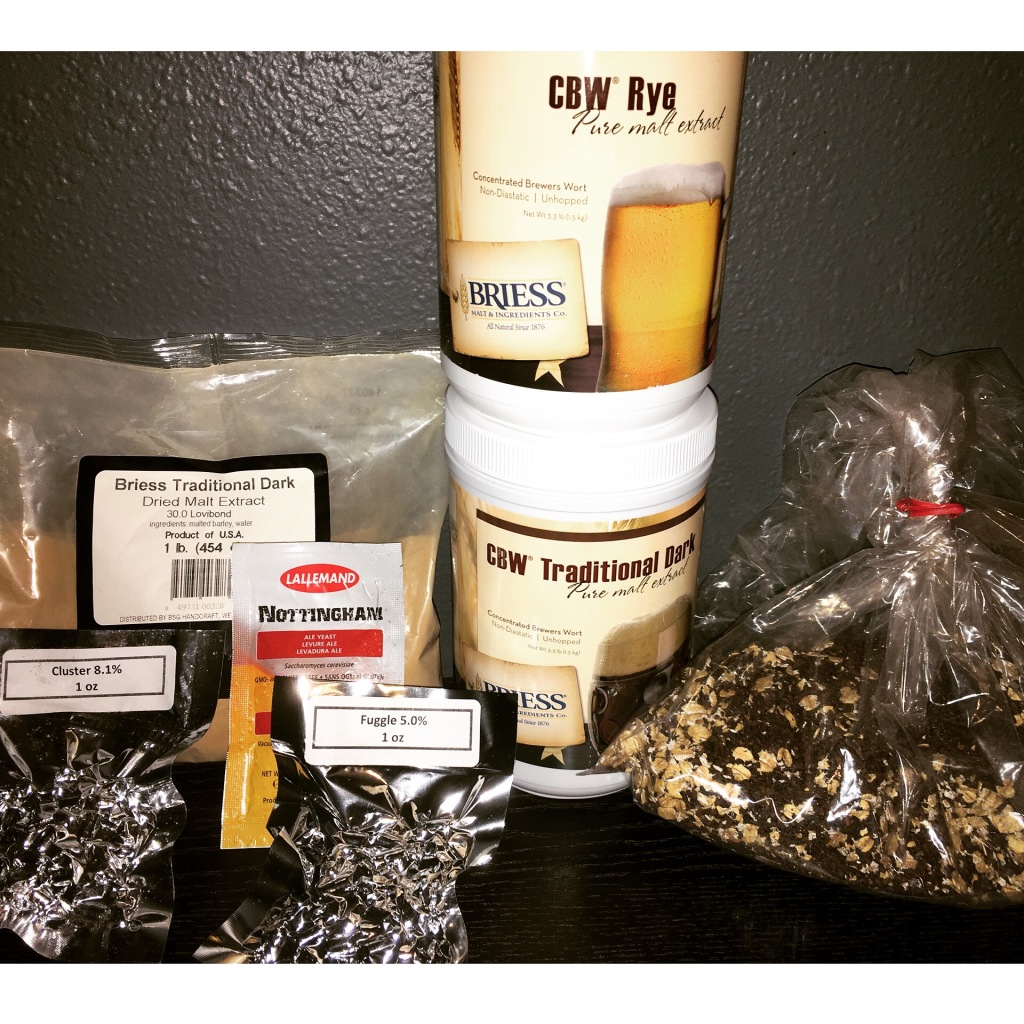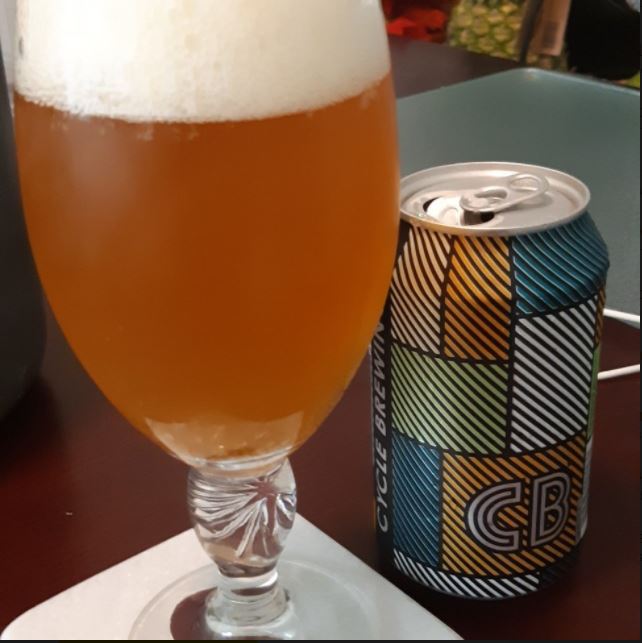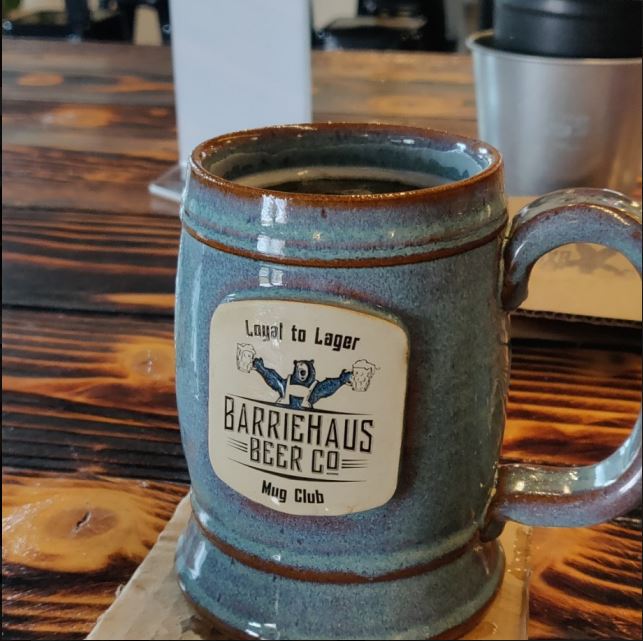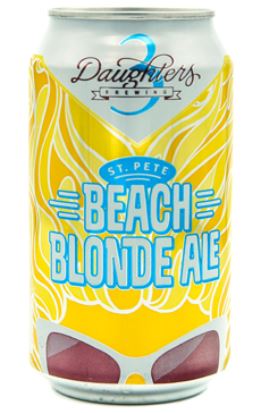
It seems that not matter which bar, and indeed which type of bar (craft, sports, traditional pub, etc.) you visit these days, one thing is a certainty, and that is the presence of at least one IPA on tap at the bar. They may have even given your favorite beer the boot from the tap in order to make space for more popular beers. This begs the question – why are IPAs so popular? Why does it seem that no matter where you go, IPAs are everywhere? How did this beer style become the reigning popularity king of the tap list? To answer those questions, we’ll have to take a little trip back in time and first visit where we came from in order to piece together how we got to the present beer reality.
First things first, before we dive into the past, let’s make clear what an IPA is for the uninitiated. IPA (India Pale Ale) is, as the name implies, an ale that is in the lighter color spectrum of beers styles. Though as with any beer style, there are variances in color, and IPAs are no exception. They are most often a bright yellow color, but can also look more amber or caramel color in hue as well. This is especially true for imperial variants. There are also rogue IPAs out there, such as Cascadian dark ales or black IPAs, which are as dark in color as a standard stout, but for now we’ll focus on the classic, original IPA. So we’ve established that IPAs are lightly colored ales, but what about the India part? While there is still debate as to the true etymology of “India” in the beer’s name, the commonly accepted history is that it came about from the 1800s when Britain was setting up shop in India and opening trade routes. As the voyage was long, and refrigeration didn’t exist yet, beer would often spoil or become infected during the months long journey to India. The East India Company tried to find a beer that would survive the journey, and as they were based in London, had plenty of brewers from which to choose.
One brewer nearby, Bow Brewery, was well-known for brewing porters and other dark beers, which were very popular, and the East India Company decided to approach their brewer, George Hodgson, to brew beer for the ship’s captains, and other Englishmen upon arrival in India. Porter, at the time, was considered to be a commoner’s beer style, so they asked Hodgson to brew October beer for their journeys. October beer was made from lighter, newer malt, and was only kilned lightly, so that it had a much cleaner, and lighter color & taste. Hodgson also added a LOT more fresh hops to the beer in order to keep it tasting fresher longer. During the course of the 6 month journey to India, this October beer matured multiple times due to the intense heat, and constant agitation in the barrels (due to being aboard a ship at sea). This over-maturation of the beer caused it to ultimately change into a completely different beer from what was originally brewed, and this became known as pale ale. The larger additions of hops not only kept the beer tasting fresher, longer, but hops also have antiseptic properties, so the larger addition of hops further extended the shelf life of the product. The beer proved to be a massive success, and while it initially had a very long name, it was shortened to simply India Pale Ale sometime between 1835 – 1840.
Fast forward and move over to America, and during the 1800s and early 1900s, beer was indeed big business. There were many immigrants who came to America with their traditional brewing methods, and started brewing beer for the masses. There were hundreds and hundreds of brewers eagerly satisfying America’s thirst for quality beer. Most of the large beer producers in America were established during this time period, and the beers produced back then were vastly different from what is brewed today by those same brewers. After the repeal of the 18th Amendment (alcohol prohibition), beer production did slowly resume, but during the war era, ingredients were rationed, as soldiers needed those ingredients for their food supply, which in-turn led to beer producers using adjunct ingredients (corn, rice, etc.) in their beer. The end result was that while we had beer back, it was nothing like what was brewed just a few decades before, and American’s had grown so accustomed to it, that it became the norm.
Fast forward to the 1970s, and Jack McAuliffe, who was a homebrewer, founded the first microbrewery since the Prohibition era (New Albion Brewing Co.), in California. McAuliffe produced beers that were nothing like the current, pale, flavorless beers that were available, and re-introduced quality beer back to the country. His business wasn’t around long, but long enough to have an impact. In 1978, a bill was singed into law that allowed people to brew a small amount of wine or beer for personal consumption. This opened the path for people to get back to basics, and brew with traditional ingredients in traditional styles, and have completely different beers to enjoy. Out of this newfound ability to brew great beer at home, some of those plucky homebrewers decided that if they liked the beer they were brewing, so too might others, and the first brewpubs began to emerge in America. This was the beginning of the craft beer movement, and helped to launch the beer scene from just 42 brewers in 1978, to the several thousand we have today.
The reemergence of quality beer started in CA, CA and has been a hotbed of craft beer innovation ever since. Brewers like Sierra Nevada, Anchor, and Stone Brewing (as well as Sam Adams on the E. coast) started experimenting with styles, and brewing beer we haven’t seen in the country ever before. Along with brewing new styles, we also revisited classic styles such as IPAs. As more craft brewers came on to the scene, so too did more competition, and brewers started getting more and more innovative with the beer, and pushing the envelope further and further. IPAs (as well as other beer styles) turned into imperial IPAs. Those in-turn started being brewed with new, experimental hops. The hop race was on, and IPAs got hoppier and hoppier, and eventually spawned a new sub-style, the W. Coast IPA (which is well-known as being the most hop-forward of all IPA sub-styles).
As more-and-more people had access to more beer from craft brewers, more people had exposure to beer that wasn’t the same old, big box, pale, lackluster beer that we’d been drinking for the better part of a century. People were once again acquainted with beer that was brewed with quality ingredients, and with many, many different styles from which to choose. What started as one small microbrewery snowballed into the craft beer movement we have today. People craved beer with flavor, and wanted to be able to choose more than one beer style to enjoy. People were experimenting with new beer styles, and discovering how unique and vast the landscape is in the world of beer. Quality beer was here to stay, and since then, it’s only continued its exponential growth.
Now that we’ve arrived at present day, let’s get back to our original question – why is IPA so popular? IPAs have spawned into many, many different sub-styles, and have something to offer any beer lover’s palette. New England IPAs accentuate the fruit and floral characteristics of hops. Milkshake IPAs add lactose to cut-out the intensity of the bitters inherent in today’s hop varieties. Cascadian dark ales let those who crave richly roasted malts also have a nice boot full of hops and bitters in their beers. Classic W. Coast IPAs have the resinous, bitter intensity that hop heads crave. The short answer to the question is that IPAs are an extremely varied beer style, and have unique attributes that let them appeal to a large variety of tastes. Whether you like intensely bitter beers, rich and malty beers, high ABV beers, low ABV beers, fruity beers, sweet beers, or virtually anything in-between, IPAs have you covered. IPAs are, by a vast margin, the most popular beer style in America. You see IPAs everywhere because they are everywhere. IPAs aren’t going anywhere anytime soon, and as long as craft brewers keep coming up with new, inventive sub-styles, I expect that IPA will continue to take up precious tap real estate at your local bar. From this hop head’s perspective, it’s a wonderful thing.
